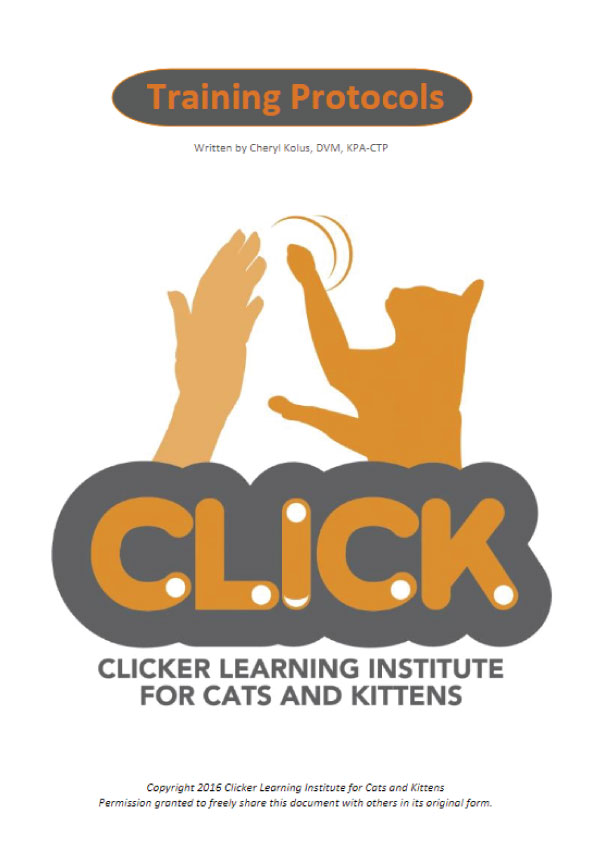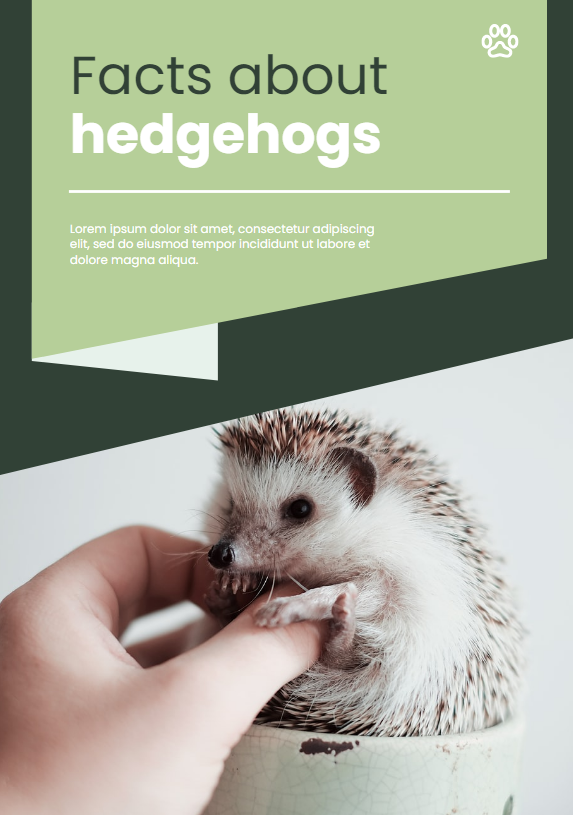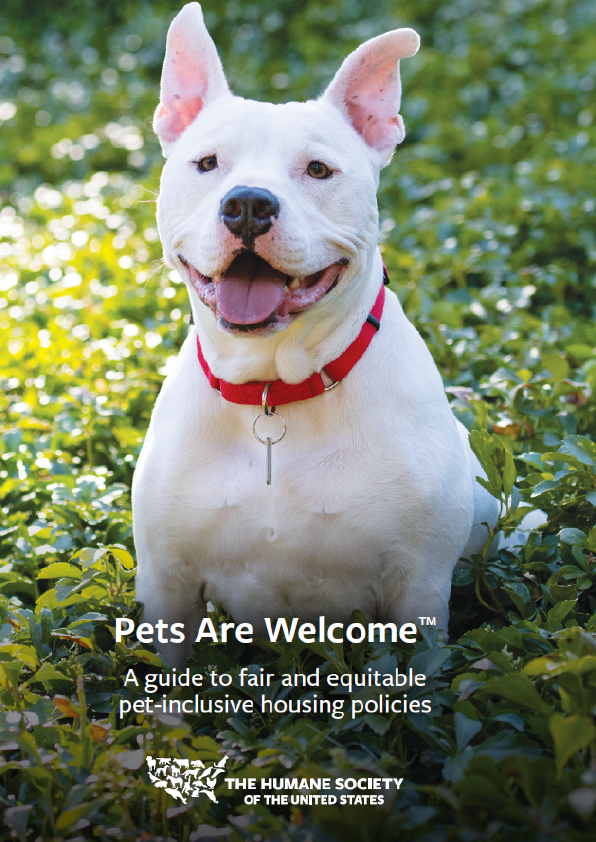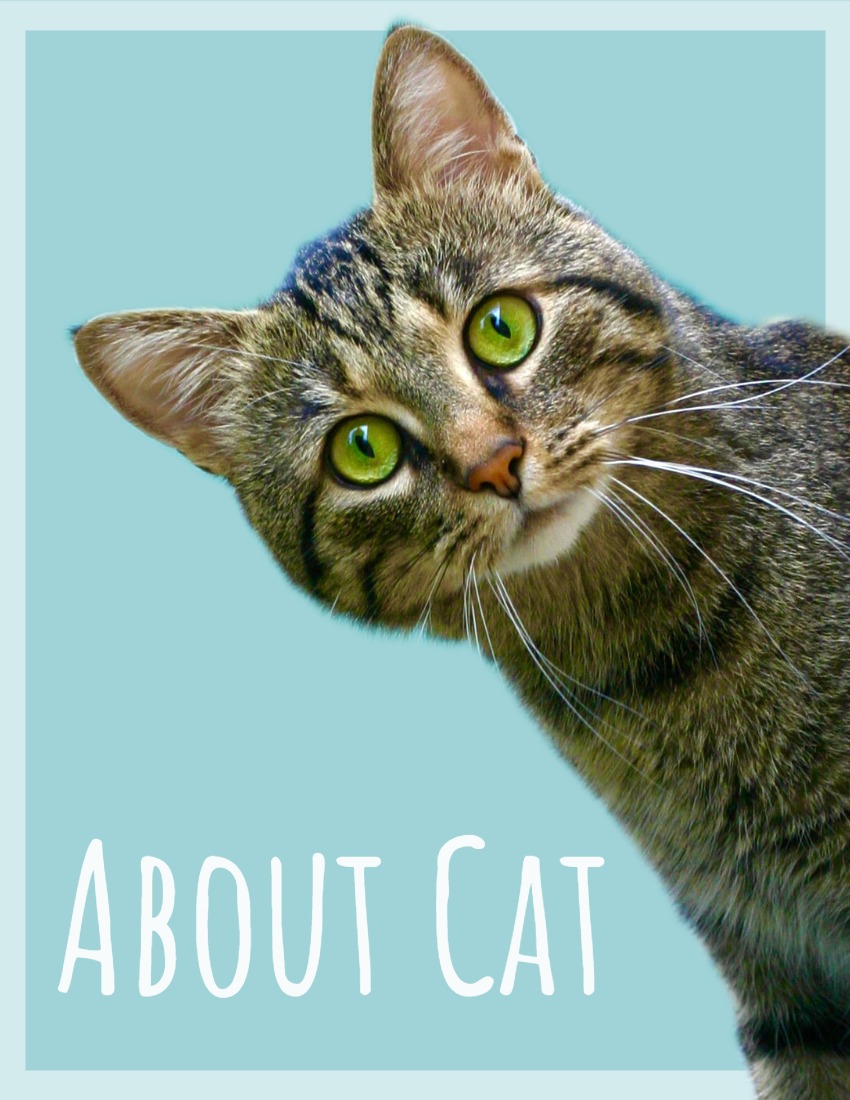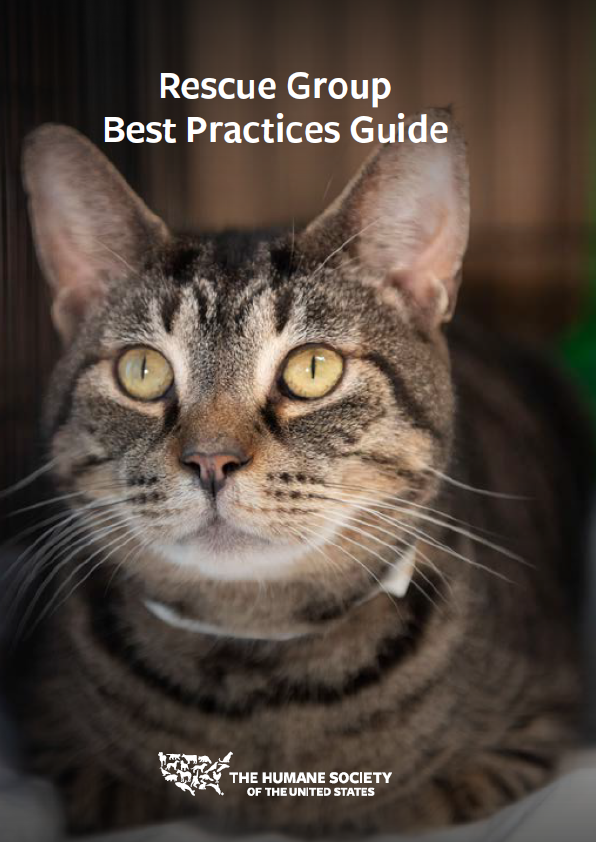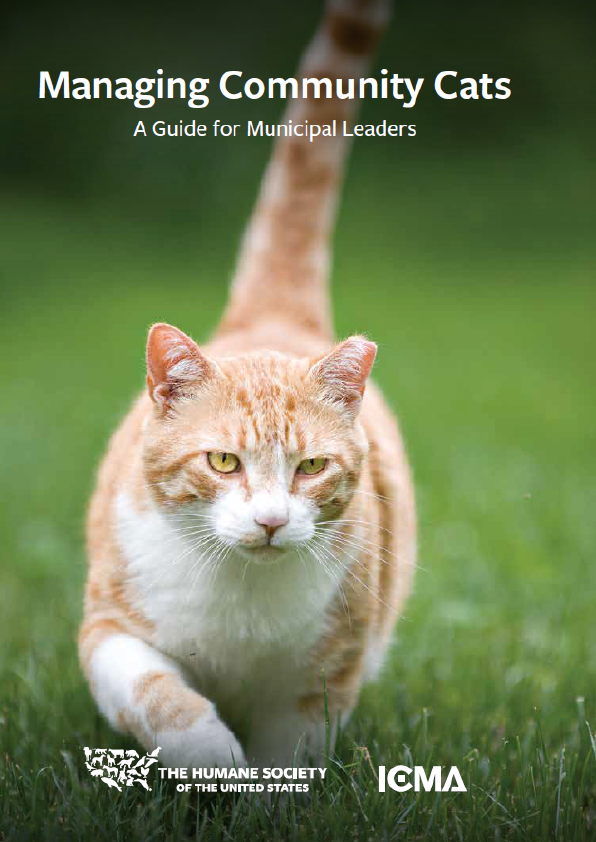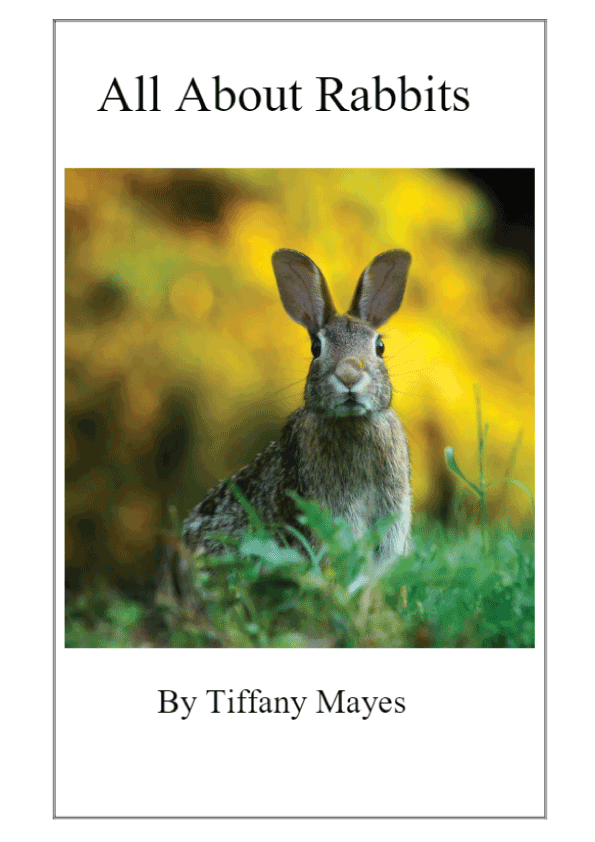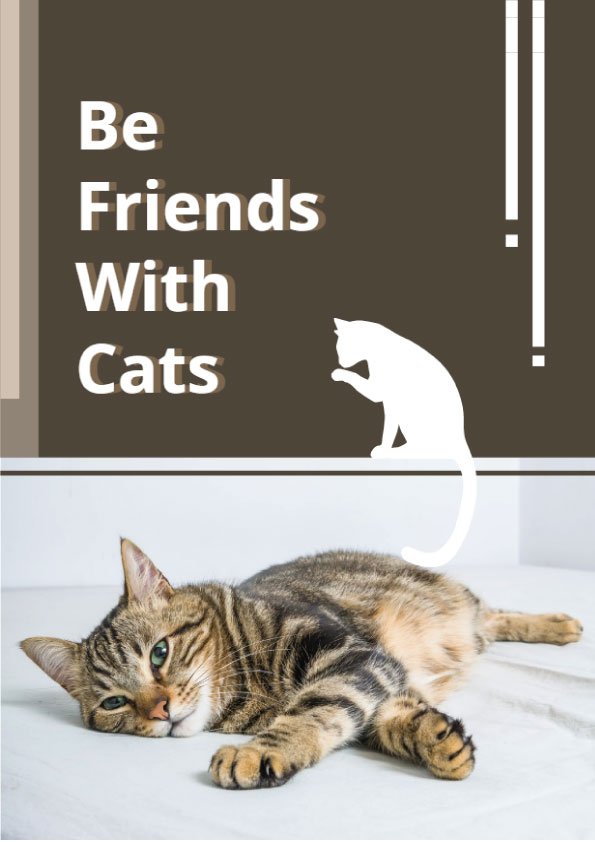What is clicker training?
Clicker training is a type of marker training, where the trainer uses the click sound to mark the desired behavior as it’s happening and to indicate a reward is coming. Marker training is a fun, positive and humane method of training that’s been used since the 1950s with marine mammals and other working animals. Whether using a clicker, a whistle or some other signal, this training method is often used with zoo animals to teach them to willingly participate in husbandry behaviors and medical procedures. And since the 1990s, the use of clicker training has become increasingly popular with companion animals— especially dogs, but also cats, horses, birds, etc. A version of clicker training called TAGTeach is even used with humans.
So, if all these different species of animals have been successfully trained for decades with this method, surely you can clicker train your own beloved cat, right?
How do you use the clicker?
Clicker training involves the use of a specific sound provided IMMEDIATELY as the animal performs a desired behavior. We call this an event marker. The “click” sound can come from a clicker sold in pet stores specifically for this purpose, from the sound of a push pen, or simply from a click of your tongue.
The idea behind clicker training is that the click serves as a bridge between the desired behavior and the animal’s reward (after clicking, you’ll give the cat a food treat or some other highly motivating reward). So it looks like this: (1) The desired behavior occurs, (2) you click as it’s occurring, and (3) within 1-2 seconds, you give the animal a reward. Another way to think of it is as a camera: The click is similar to your taking a snapshot of the correct behavior right as it’s being performed.
The reason for using an event marker is so that we can communicate precisely with the animal. To make it easy for them to learn, we must let them know right away when they do a good thing. Say the cat sits. In the seconds it takes you to fumble around for a treat to reward her for the sit, your cat may have turned her head to look out the window. For all she knows, turning her head is what got her the reward, not sitting. But you can eliminate that confusion by clicking the moment her butt hits the floor. Timing is very important in clicker training.
Of course, clicking in itself is not a particularly motivating reward for the animal. So first you must link the click with the treat. We call this charging (or loading or priming) the clicker, and we’ll explain how to do that elsewhere in this manual.
Teaching a new behavior
Clicker training is used most for teaching new behaviors. Once your cat is performing a behavior well when asked, you don’t have to keep using the clicker. You should, however, continue to reward them for a behavior well done, even if it’s only with praise or petting (assuming either of those is rewarding for your cat).
A variety of methods can be used to teach new behaviors.
SHAPING involves clicking and rewarding small steps (or what trainers like to call “successive approximations”) toward a final behavior. Once the animal seems to understand the first small step, then hold out for the next step before clicking and treating (C/T). For instance, shaping a “spin” (where the cat turns in a circle) may involve a C/T when the cat first turns her head in the right direction, then later a C/T when she bends her body that direction, then a C/T when she moves her inside foot one step that direction, etc., until she can turn the whole way around with only one C/T at the end. Depending on the cat and the goal behavior, this may take several sessions. When starting a new session, reward a step or two earlier than where the cat was last successful. For instance, if the goal is to go in the carrier and the last session ended when he put all four feet in the carrier, start the next session by C/T’ing a few times for having just one or two feet in the carrier.
In this manual, we’ve come up with shaping plans for some of the behaviors, but it’s important to realize that you may have to break the behavior down into even smaller steps for some cats, or you can skip steps for other cats. Watch the cat’s body language closely to determine what’s needed to keep him motivated and avoid frustration.
LURING involves the use of a reward, usually a food treat, to entice the animal into a certain position. For instance, holding a treat directly in front of a cat’s nose and then raising it slightly above her head and toward her back will generally make the cat sit, as she naturally follows the movement of the treat (nose goes up, butt goes down). Only use the lure (the treat) 2-3 times, then use only an empty hand, which becomes your hand signal for the behavior. For instance, raising your hand above your cat’s head will become the signal for “sit.” The danger of luring with food is that the food becomes part of the cue, and then the cat won’t perform the behavior without the food lure. So it’s important to quickly fade out the use of food lures. During this whole routine, you should click when the cat’s rear end hits the floor (for “sit”). And then reward after the click.
PROMPTING is similar, but instead of using a primary reinforcer such as food, you are using another behavior the cat already knows to lead them into the new behavior. An example would be holding a target stick (which the cat has already learned to follow) by your leg as you walk, thus getting the cat to “heel” beside you.
Another method is CAPTURING a behavior. Perhaps you’d like to teach your cat to bow. He naturally does a “bow” when he stretches after a nap, so you can begin by simply catching him in the act—just as he stretches, click and treat. Add a cue word just as he starts stretching/bowing, and eventually he will associate the cue with the bow.
Adding a Verbal Cue
A verbal cue is only added once we can reliably predict that the behavior will occur. Either the cat is performing the behavior correctly with a hand signal or some other non-verbal cue (e.g., the presence of the target stick) 8 out of 10 times, or you can easily tell when she is about to perform the behavior. Only then do we add a cue word, and we do so a split second before the behavior starts. Another option is to say the cue word as the behavior is occurring, and then “back it up” until you are saying it right before the behavior occurs. And a third option is to say the cue right before presenting the hand signal that you know the cat will respond to, and then gradually fade out the hand signal.
Adding the verbal cue in this way prevents it from becoming meaningless to the cat. If we start adding the cue too soon, the cat won’t relate it to the behavior we want.
There is also nothing wrong with just using a body language cue, like a hand signal.
Additional Learning Methods
Multiple learning styles often occur at the same time when an animal is learning a new behavior or association. Others mentioned in the exercises in this manual are habituation and desensitization/counterconditioning (DS/CC).
HABITUATION occurs when an animal stops responding to a particular stimulus with repeated exposure to that stimulus. An example is when a cat gets used to the feeling of wearing a harness.
DESENSITIZATION refers to exposing the animal to a scary stimulus gradually in ways that do not cause him to display negative behaviors (such as fearful or aggressive behaviors). COUNTERCONDITIONING means providing something (e.g., treats) to help the animal associate the scary stimulus with a positive experience, and/or asking for an alternative behavior (sit, target, etc.) that is incompatible with the undesired behavior (such as hissing or running away). These two methods are often used together. For more information on DS/CC, see the handout at the end of this manual.
